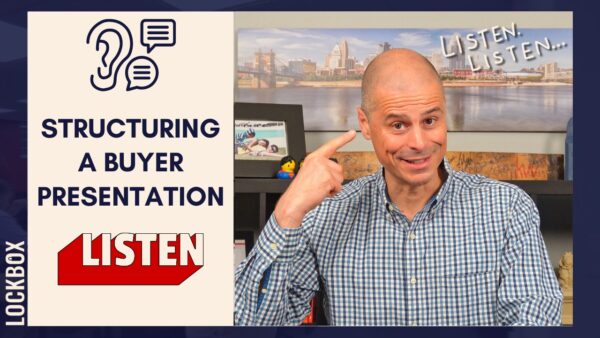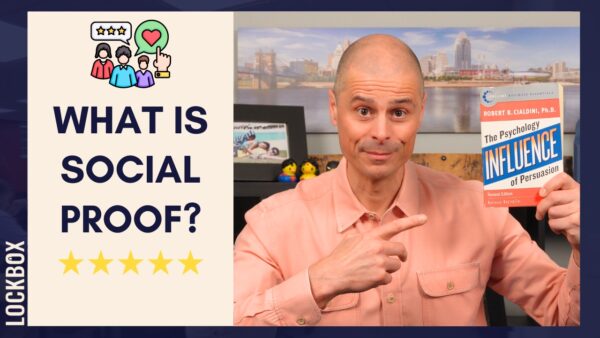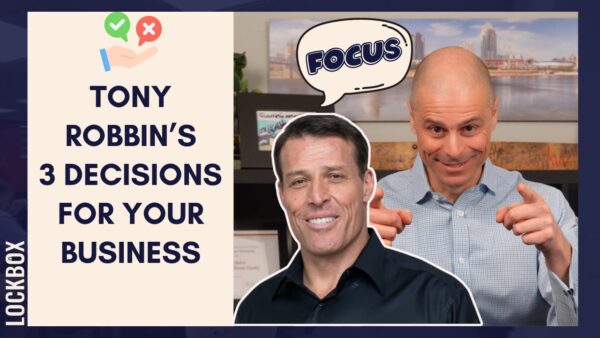What is a “Level Shift”?

What is a Level Shift?
In any service business, your sales capacity will always be limited by your communication skills. And part of strong communication skills is working through people’s different perceptions and assumptions. I’d like to introduce a powerful technique many great communicators use in sales and influence that can help reframe people’s perceptions and objections. This method is known as the ‘level shift’. It’s a tool used to reframe objections in a manner that fosters constructive dialogue and mutual understanding.
An objection is essentially a signal from your client that there’s a discrepancy between their thinking and your statement, often rooted in their perceptions, beliefs, or understanding of a situation. Directly countering these objections can halt progress and erode trust. It also puts your stance and that of your prospect in a confrontational stand-off: someone is right and someone is wrong.
The ‘level shift’ technique offers a more nuanced approach, allowing us to validate our clients’ concerns while subtly guiding them towards a broader perspective that is more mutually aligned.
Understanding the Level Shift
At its heart, the level shift involves recognizing and validating your client’s current standpoint, then gently reframing their objection to shift the conversation towards a common goal. This technique is not about “handling” or “countering” their concerns. It’s about acknowledging their opinion and proposing a new angle to evaluate the circumstances.
The pattern is simple:
- Repeat the objection/perspective;
- Acknowledge their perspective by reframing it and agreeing with it; and then
- Move on in the conversation with that mutually agreed-upon perspective.
Consider a scenario where a seller objects to your commission. Employing the level shift, you might respond with, “I completely understand not wanting to pay the commission. [Step 1] It sounds like maximizing your net proceeds from the sale is important to you, right? [Step 2] Let’s review my track record in the market and how our marketing plan yields a higher sales price so you can net more money on the sale. [Step 3]” This response does two things: it validates their concern and shifts the focus from the commission itself to the shared goal of maximizing their proceeds from the sale.
This reframing moves the conversation away from a potential standoff on fees. It then moves to how you can collaboratively achieve the seller’s ultimate goal, even with the commission considered. It’s about transforming a point of contention into an opportunity for agreement and progress.
The Effectiveness of the Level Shift
The strength of the level shift lies in its foundation of empathy and mutual respect. It demonstrates to clients that their feelings and viewpoints are both recognized and valued. From this place of understanding, you’re better positioned to guide the conversation towards constructive outcomes, leveraging shared objectives as the driving force.
Incorporating It Into Your Practice
Applying the level shift technique across various discussions, whether about commissions, listing prices, or marketing strategies, can significantly enhance your ability to move conversations forward, and by extension, help more people and close more sales. It’s about active listening, empathetic acknowledgment, and strategic reframing. The aim is never to diminish the client’s concerns but to align on common goals that facilitate forward movement.
If you’re interested in exploring how to integrate this technique into your daily practice or if you have any questions about its application, please do not hesitate to reach out. Whether through email, a direct message on social media, or a phone call, I’m here to support your collective growth and success in this field!












